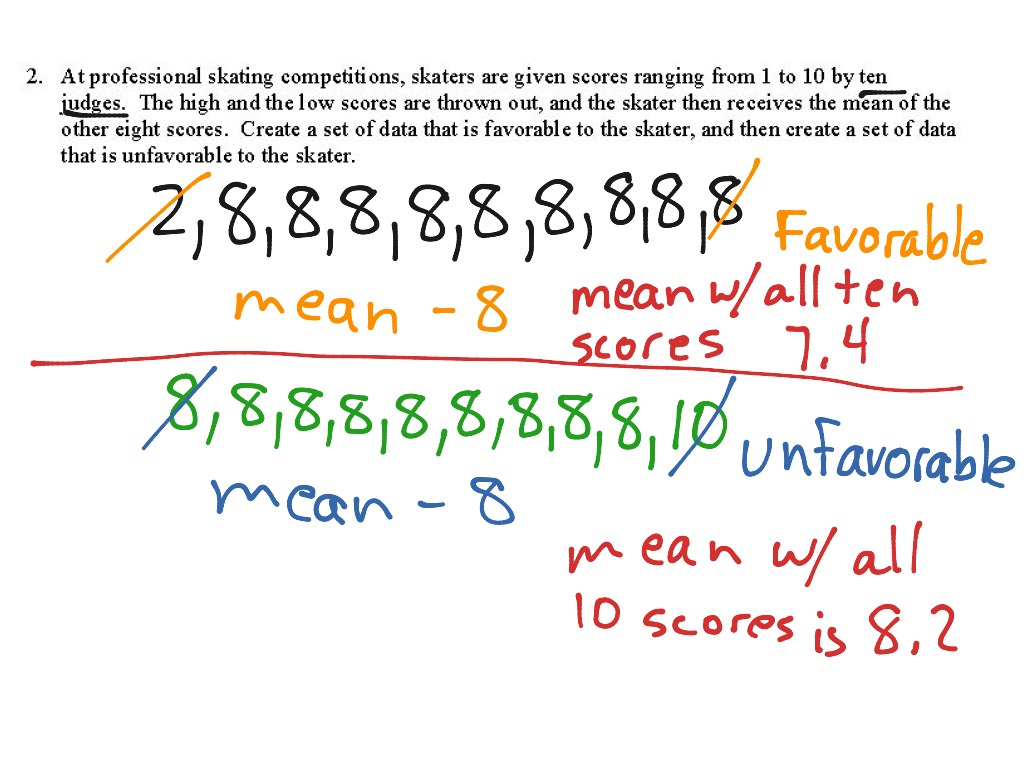

The arithmetic mean of a set of numbers x 1, x 2. Other specialized means discussed are weighted arithmetic mean, truncated mean, interquartile mean, mean of a function, mean of angles and cyclical quantities, Fréchet mean, triangular sets, and Swanson's rule.įor a data set, the arithmetic mean, also known as "arithmetic average", is a measure of central tendency of a finite set of numbers: specifically, the sum of the values divided by the number of values. It is also known as ‘arithmetic mean’, rather than ‘geometric mean’. The mean is adding up all the data points and dividing the sum by the number of data points (or total number of numbers). The power mean is an abstraction of quadratic, arithmetic, geometric, and harmonic means, while the f-mean generalizes the concept further. What are mean, median, mode and range Mean, median and mode are different types of averages from a data set. Mean is the average of all of the numbers. Generalized means include power mean and f-mean. What’s the difference between mean median mode and range Mean median mode and range calculate the averages of data sets using different methods. The mean of a probability distribution is the long-run average value of a random variable with that distribution. Statistical location covers mean, median, and mode, where mean may not always be the same as the median or mode for skewed distributions. The media n is the middle value (or midpoint) after all the data points have. The relationship between AM, GM, and HM is represented by the inequality AM ≥ GM ≥ HM. Mean, median and mode are different types of averages from a data set. Mean, median, and mode are measures of central tendency that attempt to summarize a given data set into one single value by. The AM is the sum of numbers divided by the number of numbers, GM is an average for sets of positive numbers based on their product, and HM is an average for sets of numbers defined in relation to a unit of measurement. Pythagorean means consist of arithmetic mean (AM), geometric mean (GM), and harmonic mean (HM). Each mean serves to summarize a given group of data, often to better understand the overall value ( magnitude and sign) of a given data set.

There are several kinds of mean in mathematics, especially in statistics. The term central tendency refers to the middle, or typical, value of a set of data, which is most commonly measured by using the three ms: mean, median, and. For the state of being mean or cruel, see Meanness.

For broader coverage of this topic, see Average. For other uses, see Mean (disambiguation). This article is about quantifying the concept of "typical value".


 0 kommentar(er)
0 kommentar(er)
